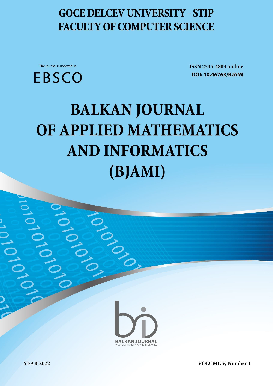SEIR MODEL OF TUBERCULOSIS
Schlagwörter:
Tuberculosis, SEIR model, simulation, differential equationsAbstract
Tuberculosis (TB) is a highly contagious infectious disease caused by the bacterium Mycobacterium tuberculosis. It primarily affects the lungs but can also affect other parts of the body. TB poses a significant global health burden, with millions of new cases and deaths reported each year. Understanding the spread of tuberculosis and evaluating control measures are crucial for effective disease management. The SEIR model is a commonly used mathematical framework for studying the spread of infectious diseases. It divides the population into four compartments: Susceptible (S), Exposed (E), Infectious (I), and Recovered (R). In the case of tuberculosis, an additional compartment for the number of deaths (D) is included. The model tracks the flow of individuals between these compartments over time.






